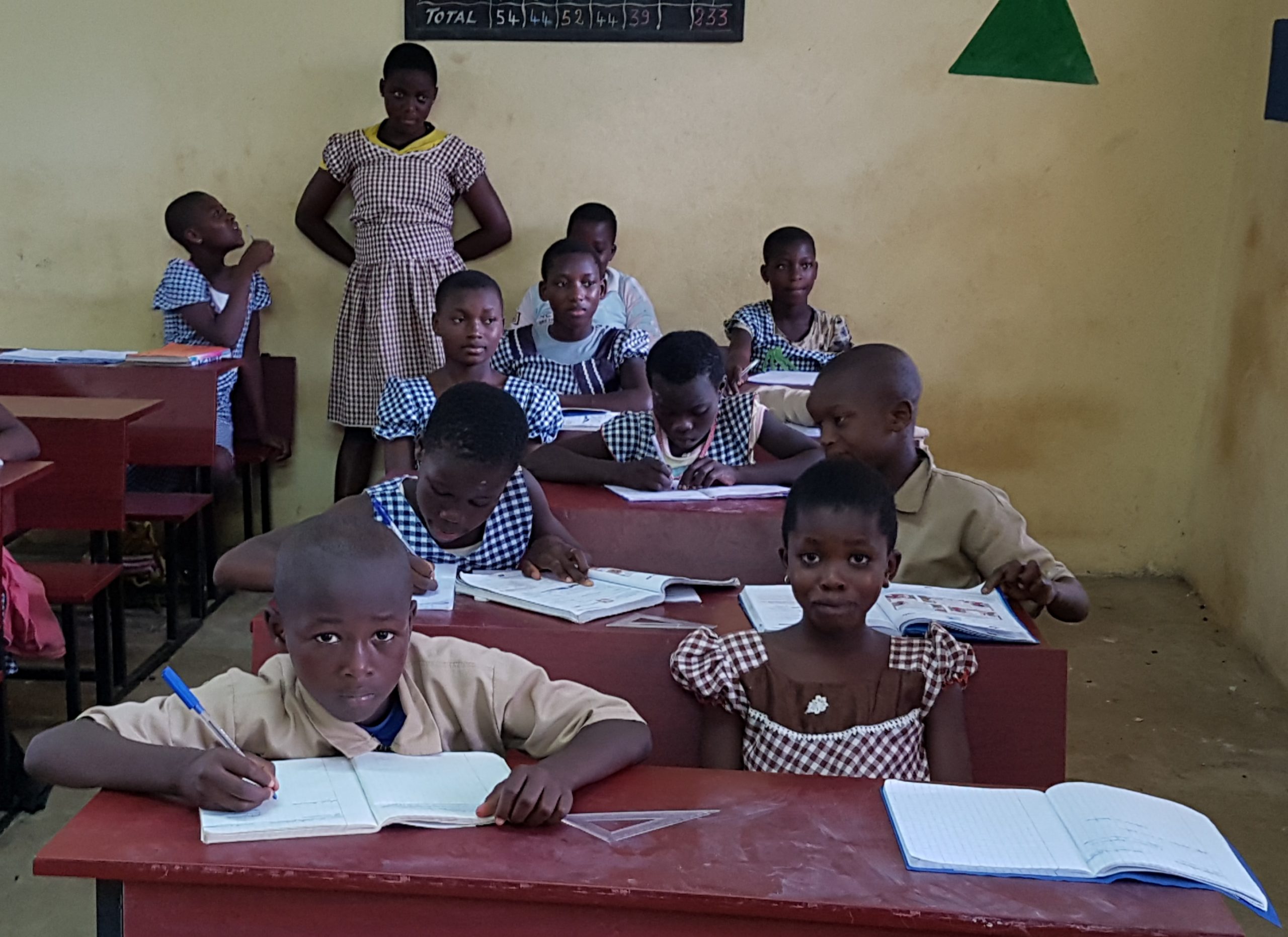Child labour in Côte d’Ivoire
The precentage of children aged 5-17 years who carry out activities classified as child labour is 31.3%. Over a fifth of child labourers work in dangerous conditions. Data show that all geographical areas of Côte d’Ivoire are affected by child labour. However, the prevalence of child labour remains highest in the northwest (36.9%), north (36.4%), northeast (28.6%) and west (26.3%).
In Cote D’ Avoire, nearly 50% of the population lives below the national poverty line and live in rural, agriculture based communities. The country ranks low in the Human Development Index: 171 out of 188 countries. The retention, completion and quality of education poses challenges. Access to pre-school education is extremely limited.
Where do we work
We work in 100 geographic areas in selected villages in three regions: San Pedro, Soubre, Meagui (in the South West) Korhogo (in the North) and Abidjan (in the South). The geographic areas have been selected based on child labour prevalence, population density, and the presence of economic sectors targeted (cocoa, mining, domestic work).
Sectors
Cocoa
Cocoa represent more than 50% of the total exports of the country and has historically an important incidence of child labour. San Pedro is the world’s leading cocoa exporting port, and the second largest port in Côte d’Ivoire after Abidjan.
Mining
Gold mining (in artisanal mines) has recently attracted the attention of civil society and development actors. The evidence of child labour has been progressively increasing since exports increased (with 5% in 2016).
Domestic work
Children, especially young girls, are exposed to domestic work, a hidden form of child labour. Employing young girls as domestic worker is socially accepted and the girls are often exposed to critical work conditions (including exploitation and sexual violence).

